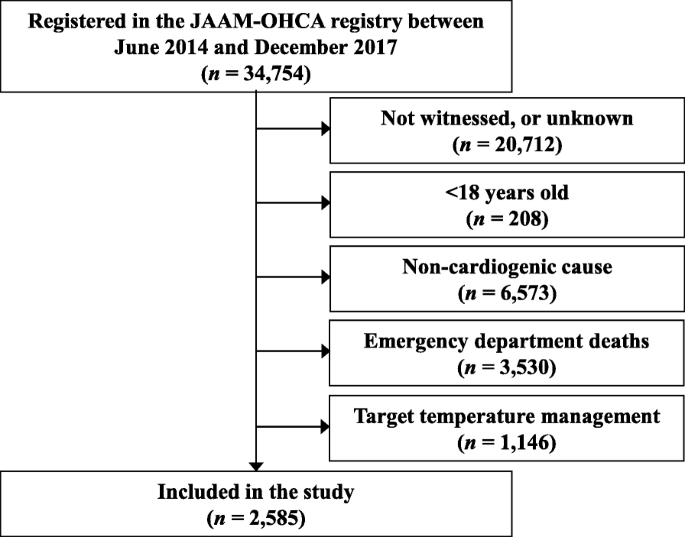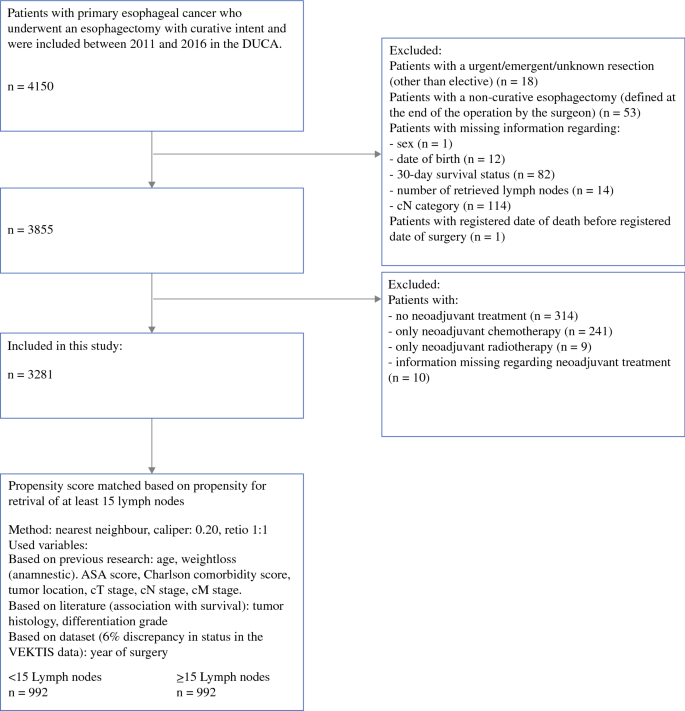
Therefore, more data are needed to confirm further the benefits and risks of tirofiban. However, the results of these trials have been controversial some studies have shown that tirofiban does not improve prognosis and may even increase intracranial hemorrhage (ICH) and mortality. Tirofiban is a non-peptide selective glycoprotein (GP) IIb/IIIa receptor inhibitor that reversibly inhibits fibrinogen-dependent platelet aggregation and subsequent formation of thrombi, which contribute to the major atherosclerotic complications in the progression of AIS ( 3).Ĭlinical trials in patients with AIS initially demonstrated the safety and efficacy of tirofiban as an adjunct to MT for AIS patients. However, this endovascular recanalization approach may lead to endothelial injury, plaque rupture, and subsequent platelet activation, leading to early re-occlusion and poor prognosis. Furthermore, our results indicated that for PCS patients tirofiban may not be associated with favorable outcome, and more comprehensive randomized controlled trials are needed to confirm this finding.Ī number of randomized clinical trials have shown the benefit of mechanical thrombectomy (MT) in the treatment of acute ischemic stroke (AIS) that is due to large-vessel occlusion (LVO) ( 1, 2). Subgroup analysis revealed that tirofiban use was significantly associated with favorable outcomes in ACS (aOR = 3.66, 95% CI 1.24–5.22, p = 0.019) but not in PCS (aOR = 1.12, 95% CI 0.47–7.52, p = 0.570).Ĭonclusion: We demonstrated that tirofiban may be associated with improving favorable outcome for the AIS patients who underwent MT, without increasing ICH or sICH. Tirofiban use was predictive of favorable outcomes after multiple logistic regression analysis.

The risk of sICH and ICH was the same between the tirofiban and control groups (17.6 vs. 25.5%, p = 0.014), and the mortality at 3 months showed a greater downward trend in the tirofiban group than the no-tirofiban group (15.6 vs. In the propensity-score-matched cohort, the tirofiban group had a higher rate of favorable outcomes than the no-tirofiban group (49.0 vs. Results: A total of 292 patients were eligible for this study and divided into the tirofiban group ( n = 51) and the no-tirofiban group ( n = 241). Subgroup analysis was further performed to compare the efficacy and safety of tirofiban between the anterior circulation stroke (ACS) and PCS groups. Cohorts were balanced using 1:1 propensity score matching (PSM). The safety outcomes were the rate of mortality at 3 months and the presence of intracranial hemorrhage (ICH) and symptomatic intracranial hemorrhage (sICH). The primary efficacy outcome was a favorable functional outcome, defined as a modified Rankin Scale (mRS) score of 0–2 at 3 months.

Patients were divided into two groups according to whether tirofiban was used during MT.

Methods: We enrolled consecutive patients with AIS who suffered large artery occlusion (LAO) and underwent mechanical thrombectomy (MT) between January 2016 and May 2020. Objective: To evaluate the efficacy and safety of tirofiban for patients with acute ischemic stroke (AIS), especially posterior circulation stroke (PCS).


 0 kommentar(er)
0 kommentar(er)
